|
|
|
Ants
Ants are social insects and live in complex colonies. They are related to wasps and bees.
|
|
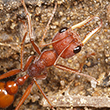
|
Bees
There are over 1,500 species of native Australian bee. The bumble bee and honey bee are both introduced species.
|
|
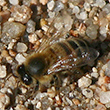
|
Beetles
The forewings of beetles are hardened to protect the rear wings, which are used for flying.
|
|
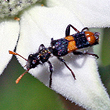
|
Bugs
The defining feature of all bugs, order Hemiptera, is their tube-like mouthparts, through which they suck their food.
|
|
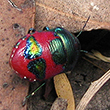
|
Butterflies and Moths
Butterflies and moths are very closely related, both being of the order Lepidoptera.
|
|
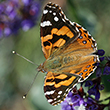
|
Cockroaches
Cockroaches belong to the order Blatttodea. There are 428 species of cockroach in Australia.
|
|
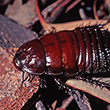
|
Dragonflies and Damselflies
Dragonflies rest with their double pair of wings spread out horizontally, while damselflies close their wings.
|
|
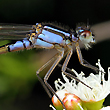
|
Earwigs
Earwigs belong to the order Dermaptera. Most earwigs have a pair of pincers called cerci on their abdomen.
|
|
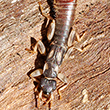
|
Flies
There are 7,786 species of flies in Australia. Flies use their forewings to fly. Their hind wings have become small, club-shaped structures called halteres.
|
|
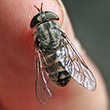
|
Grasshoppers, Crickets and Katydids
Grasshoppers, crickets and katydids all belong to the order Orthoptera. There are 2,827 species in Australia.
|
|
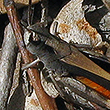
|
Lacewings
"Lacewings" is the common name for the order Neuroptera, which includes lacewings, antlions, owlflies and their relatives.
|
|
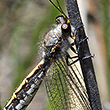
|
Sawflies
Sawflies aren't flies at all. They are more closely related to ants and wasps. Adult sawflies are rarely seen, it's their larval form that people most recognise.
|
|
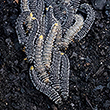
|
Wasps
Wasps may live alone or in large colonies. They all belong to the order Hymenoptera.
|
|
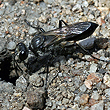
|
|

